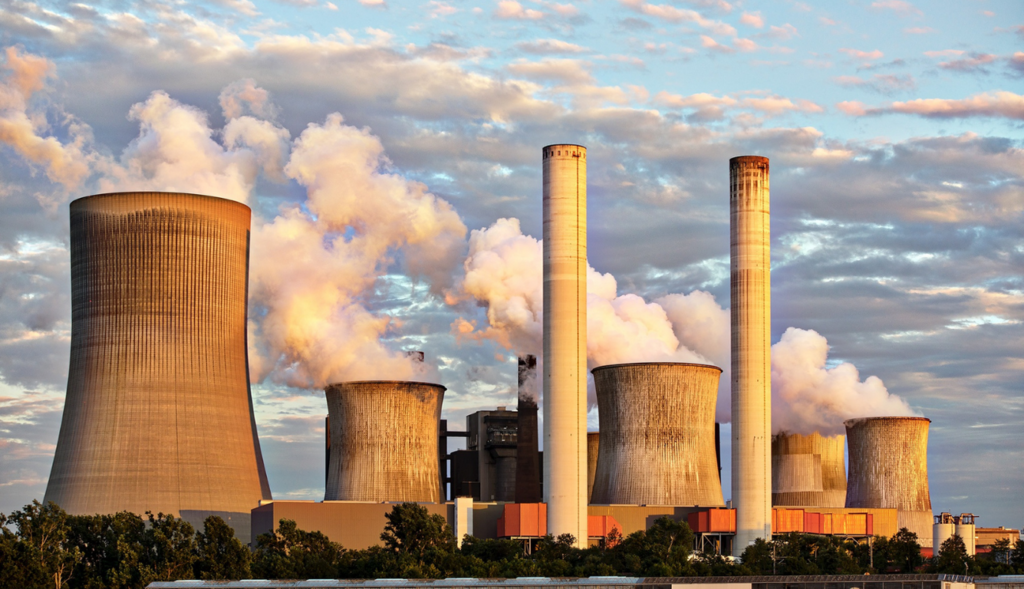Introduction
Water scarcity is a pressing global issue, with the power sector being a significant consumer of water resources. The need for sustainable practices in power generation has led to the emergence of innovative solutions like Zero Liquid Discharge (ZLD). In this blog post, we will explore the concept of ZLD and its relevance in water conservation efforts. We will also highlight Scaleban, a leading provider of ZLD solutions on a sustainable basis, and discuss how their technology can contribute to a more sustainable future in the power sector.
Get in Touch with Us for Zero Liquid Discharge
The Power Sector’s Water Challenge
The power sector heavily relies on water for various processes, including cooling in thermal power plants and steam generation for turbines. However, traditional power generation methods result in substantial water consumption and effluent discharge, exacerbating water scarcity concerns. To address this challenge, the power industry is increasingly turning to innovative approaches such as Zero Liquid Discharge.
Understanding Zero Liquid Discharge
Zero Liquid Discharge is a water management technique that aims to eliminate wastewater discharge from industrial processes. It involves treating and recycling wastewater, minimizing freshwater intake, and recovering valuable byproducts. The process begins with the treatment of wastewater using various methods such as evaporation, crystallization, and membrane filtration. These processes remove impurities, leaving behind high-quality water that can be reused within the power plant, reducing freshwater intake.
Get in Touch with Us for Zero Liquid Discharge
Scaleban: Empowering Zero Liquid Discharge
Scaleban, a technology-based company, offers a sustainable solution to the power sector by optimizing Zero Liquid Discharge (ZLD) and water conservation objectives. Unlike costly conventional technologies such as reverse osmosis (RO) and evaporators that require high capital and operational expenses, Scaleban provides a non-conventional approach developed in 1999 to achieve ZLD and water treatment solutions in industries sustainably.
The primary focus of Scaleban technology is to enable the Cooling towers to operate at high COC,replacing the need of fresh water for cooling tower operations while maintaining the optimal plant performance and negligible blowdown from cooling tower can be used in ash quenching This disruptive technology allows the COC in cooling tower circuit to operate at high cycles of concentration (COC) ranging from 15 to 20, even at elevated Total Dissolved Solids (TDS) levels of 25% to 30% and still It ensures scale-free, corrosion-free, and bio-fouling-free operations throughout the cooling tower circuit, including condensers and heat exchangers.
Scaleban’s technology surpasses conventional methods such as wastewater RO and evaporators (MEE) in several ways:
- Significant savings in CAPEX and OPEX: With Scaleban, industries can achieve up to 80% savings in both capital and operational expenses compared to traditional technologies.
- Energy-efficient and reduced CO2 emissions: Unlike conventional methods, Scaleban operates without the need for additional energy, resulting in reduced carbon dioxide (CO2) emissions, aligning with global environmental concerns.
- Zero footprint and quick ROI: Scaleban’s online equipment requires minimal space and can be quickly installed, ensuring a rapid return on investment within 12 to 18 months.
- Long equipment lifespan: The Scaleban system has a lifespan of 20 years, providing long-term value and reliability.
- Improved heat exchanger performance: By preventing scaling, corrosion, and biofouling, Scaleban’s water treatment process enhances the performance and extends the lifespan of heat exchangers, ensuring uninterrupted plant operation.
In the power sector, Scaleban technology offers a game-changing solution for optimizing ZLD and the objective of water conservation. It enables power plants to reduce water consumption, minimize operational costs, and mitigate their environmental impact. By adopting Scaleban’s innovative approach, the power sector can contribute to a sustainable future while ensuring efficient and reliable operations.
UN Sustainability Goals
Sustainability Goal 13: Climate Action
Conventional water treatment methods in the power sector, such as reverse osmosis and evaporators, consume substantial energy and contribute to carbon emissions. In contrast, Scaleban’s ZLD technology offers a sustainable alternative. By minimizing freshwater intake and optimizing water treatment processes, power plants can reduce their carbon footprint and mitigate greenhouse gas emissions. Scaleban’s energy-efficient systems operate without the need for additional energy, contributing to energy savings and lowering CO2 emissions. Implementing ZLD systems in power plants is a proactive step towards achieving climate goals and building a low-carbon future.

Sustainability Goal 14: Life Below Water
Scaleban ZLD systems play a crucial role in minimizing the impact of power plants on water bodies. By eliminating wastewater discharge and reducing pollution, these systems protect aquatic environments. Through efficient wastewater treatment and recycling within the plant, ZLD prevents the release of harmful substances into rivers, lakes, and oceans, preserving marine life and maintaining the delicate balance of aquatic ecosystems. Additionally, ZLD systems contribute to the conservation of marine habitats by reducing the demand for extracting resources from the ocean. By implementing ZLD solutions, the power sector can actively support the preservation of life below water and promote sustainable use of water resources, thus aligning with SDG 14 objectives.
Conclusion
Water conservation is of paramount importance in the power sector, and Zero Liquid Discharge is emerging as a viable solution. By implementing ZLD systems, power plants can significantly reduce their water footprint, protect the environment, and achieve economic benefits through the recovery of valuable resources. Scaleban’s expertise in providing ZLD solutions makes them a key player in promoting sustainable practices in the power industry. It is crucial for power producers worldwide to adopt such innovative technologies to ensure a greener and more water-efficient future.
